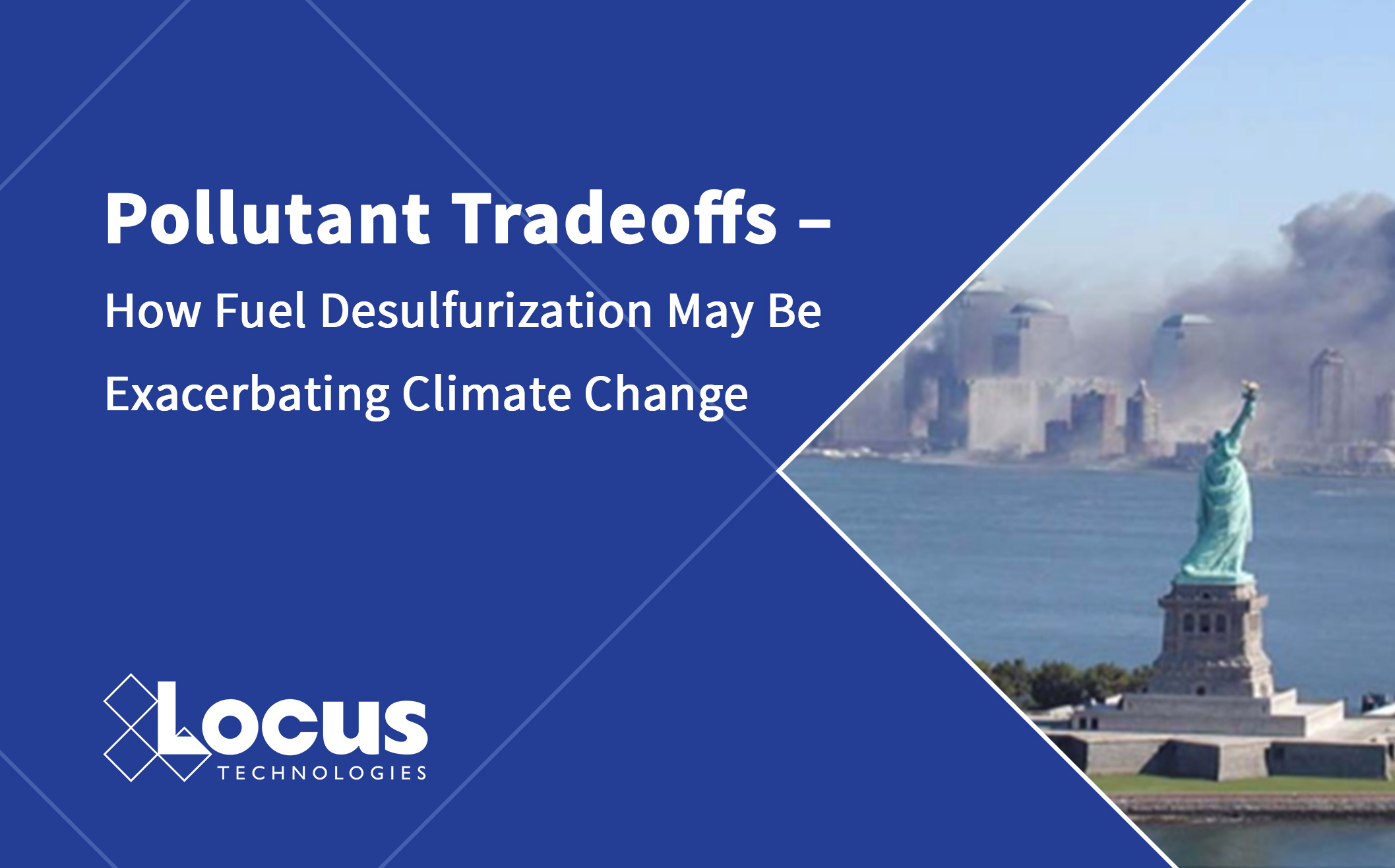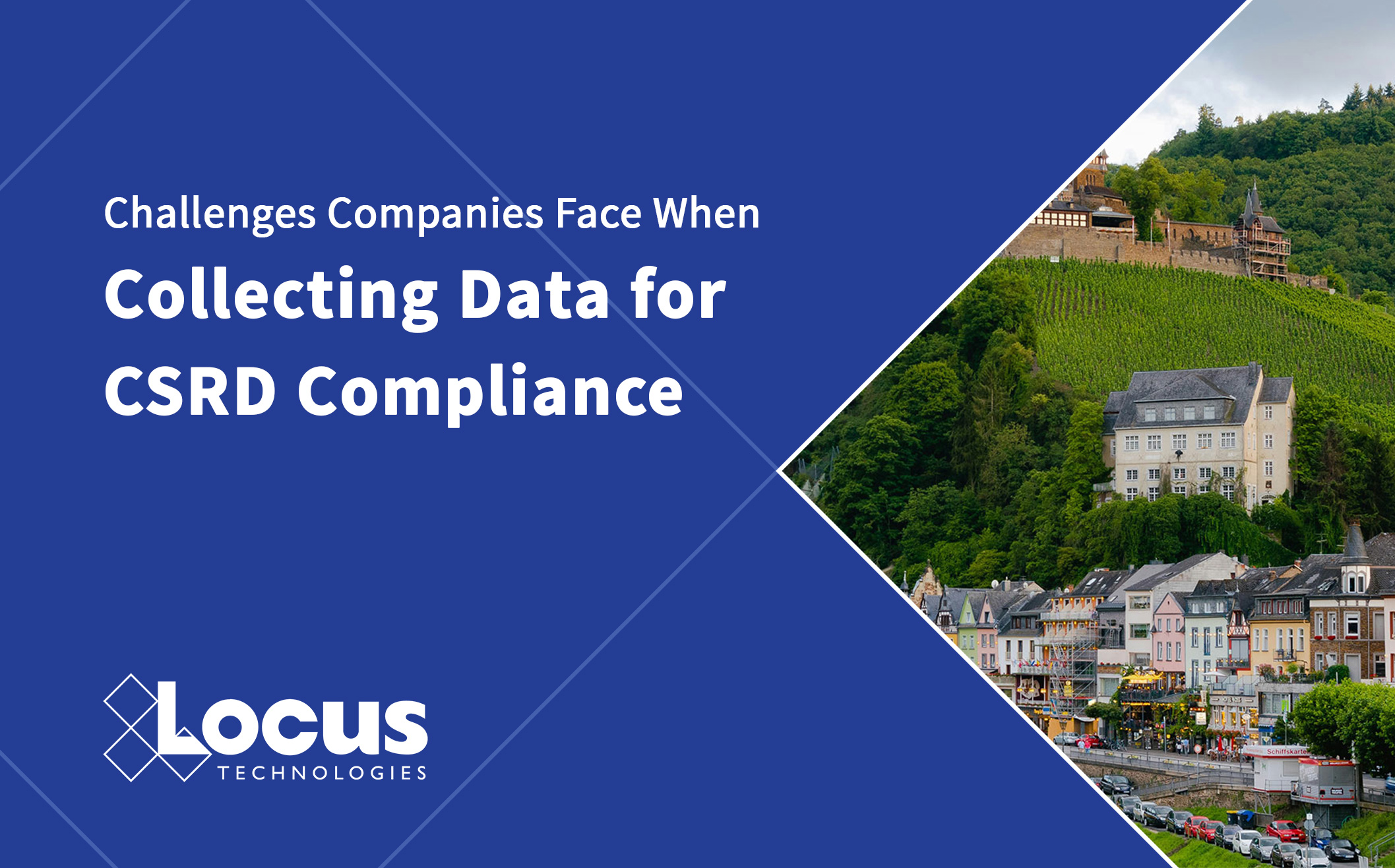
In March of 2003, the terrorized entities in charge of the rebuilding of the destroyed World Trade Center complex in Lower Manhattan met to discuss the cumulative effects on air quality caused by the massive recovery and rebuilding program. The air quality was modeled for Environmental Impact Statements (EIS) and showed excess particulate matter (PM) from the use of hundreds of construction vehicles, adding to the tenuous nature of PM2.5 (PM less than 2.5 micrometers wide) air quality compliance.
The strategy to mitigate these particulate emissions were known as Environmental Performance Commitments (EPCs) and consisted of using Ultra Low Sulfur Diesel (ULSD) and tailpipe emissions controls.
Fast forward 20+ years and ULSD is the law of the land, not just for construction vehicles, but also for on-road vehicles and locomotive engines. Beyond just land and the United States, in January of 2020, the International Maritime Organization (IMO) set specific sulfur limits for marine fuels under MARPOL Annex VI, limiting the sulfur content in fuel oil used on board ships.
Particulate matter pollution creates a host of disease outcomes. The benefits of desulfurizing fuel cannot be disputed from a direct human health perspective. Ambient (outdoor) air pollution in both cities and rural areas was estimated to cause 4.2 million premature deaths worldwide per year in 2019; this mortality is due to exposure to fine particulate matter (PM2.5), which causes cardiovascular and respiratory disease, and cancersi.
But what about planetary health?
The Laws of Unintended Consequences…
What seemed like a great way of reducing particulates may have just hammered the nail into the climate change coffin. The colloquial Godfather of Climate Change, James Hansen, refers to this as the “Great Inadvertent Aerosols Experimentii.” According to his work, global warming is increasing beyond the expected warming and suggests that aerosol impacts may be the gap, such that sulfur aerosols are the likely offset of GHG warming.
Even if you’re not a NASA scientist studying surface albedo effects and complex cloud interactions, you can track and manage Criteria Air Pollutants (CAPs), such as Sulfur Oxides (SOx), Nitrogen Oxides (NOx), ozone, particulate matter, lead, greenhouse gases, or any other indicator, instrument feed, or parameter, in any matrix (soil, water, air, biota, sediment, filters). We’ve got your data covered in Locus cloud software.
i https://www.who.int/news-room/fact-sheets/detail/ambient-(outdoor)-air-quality-and-health
ii https://academic.oup.com/oocc/article/3/1/kgad008/7335889
Locus is the only self-funded water, air, soil, biological, energy, and waste EHS software company that is still owned and managed by its founder. The brightest minds in environmental science, embodied carbon, CO2 emissions, refrigerants, and PFAS hang their hats at Locus, and they’ve helped us to become a market leader in EHS software. Every client-facing employee at Locus has an advanced degree in science or professional EHS experience, and they incubate new ideas every day – such as how machine learning, AI, blockchain, and the Internet of Things will up the ante for EHS software, ESG, and sustainability.



